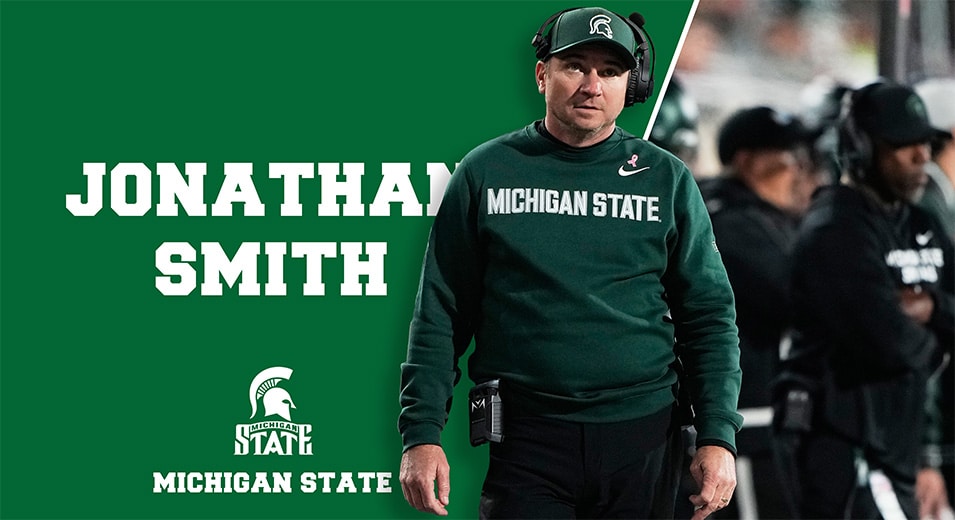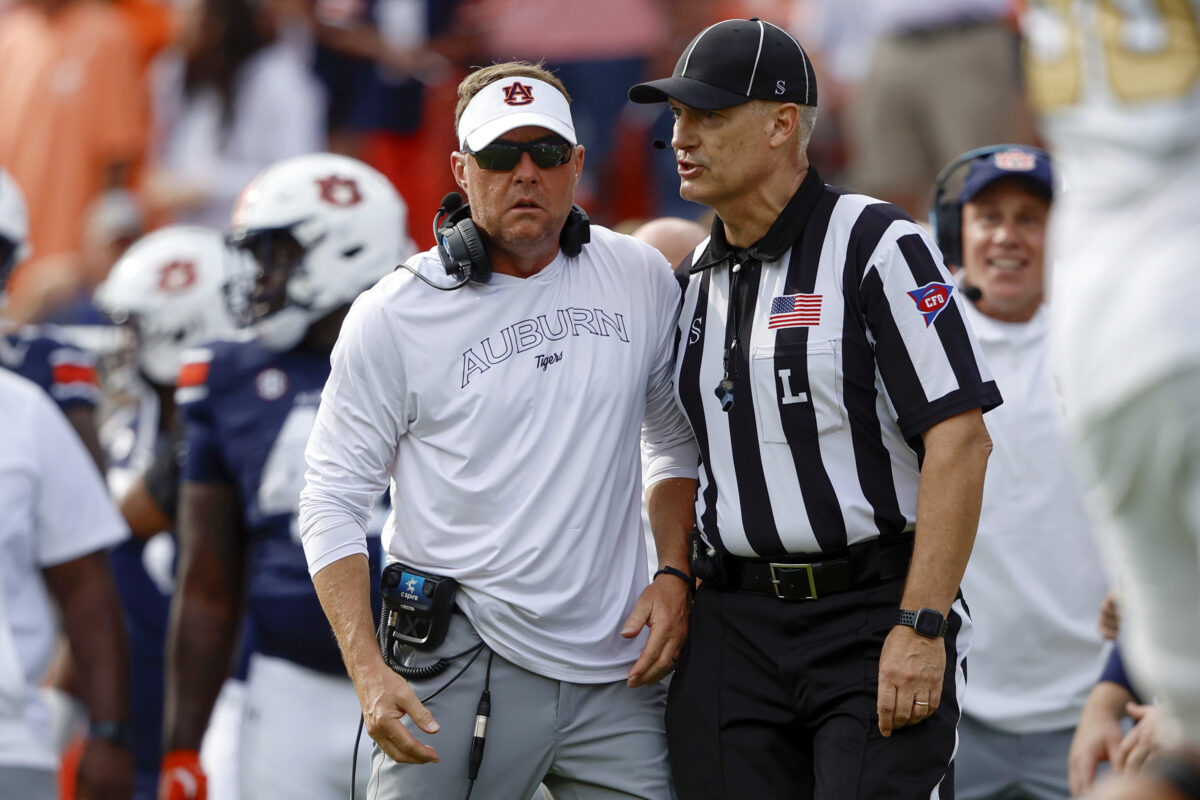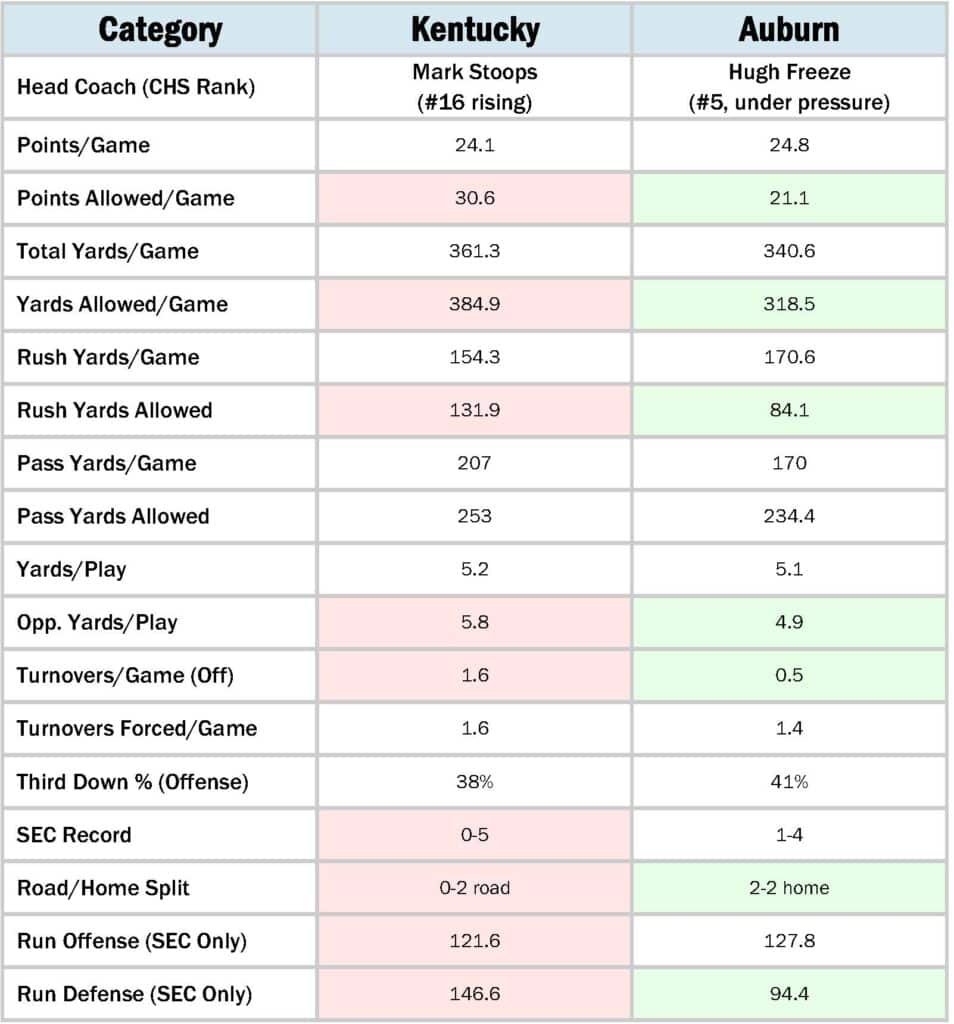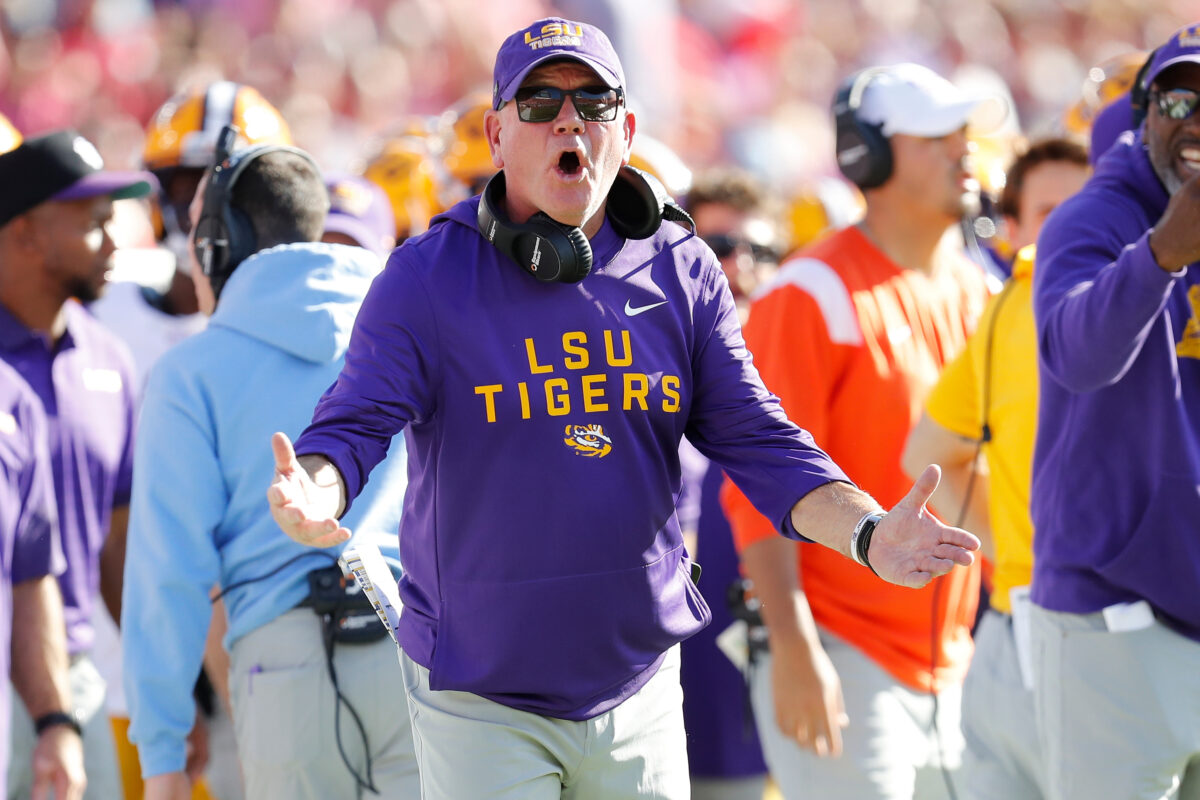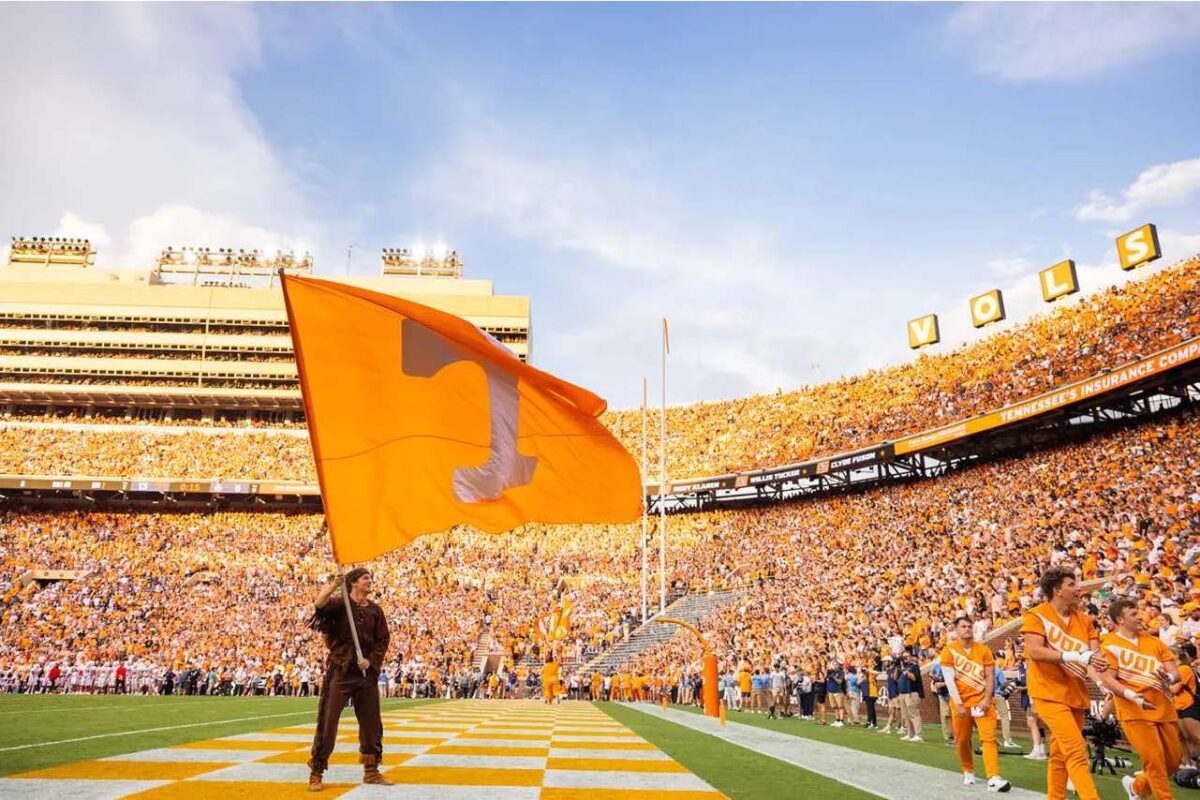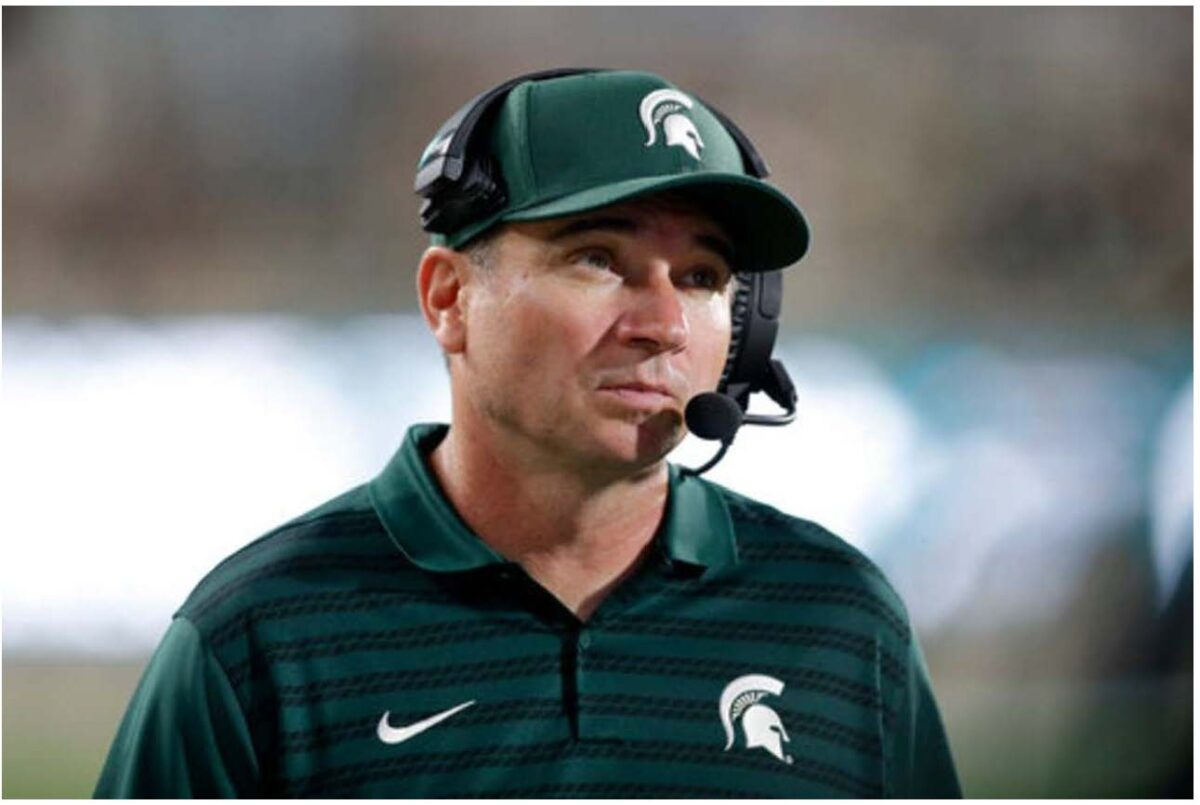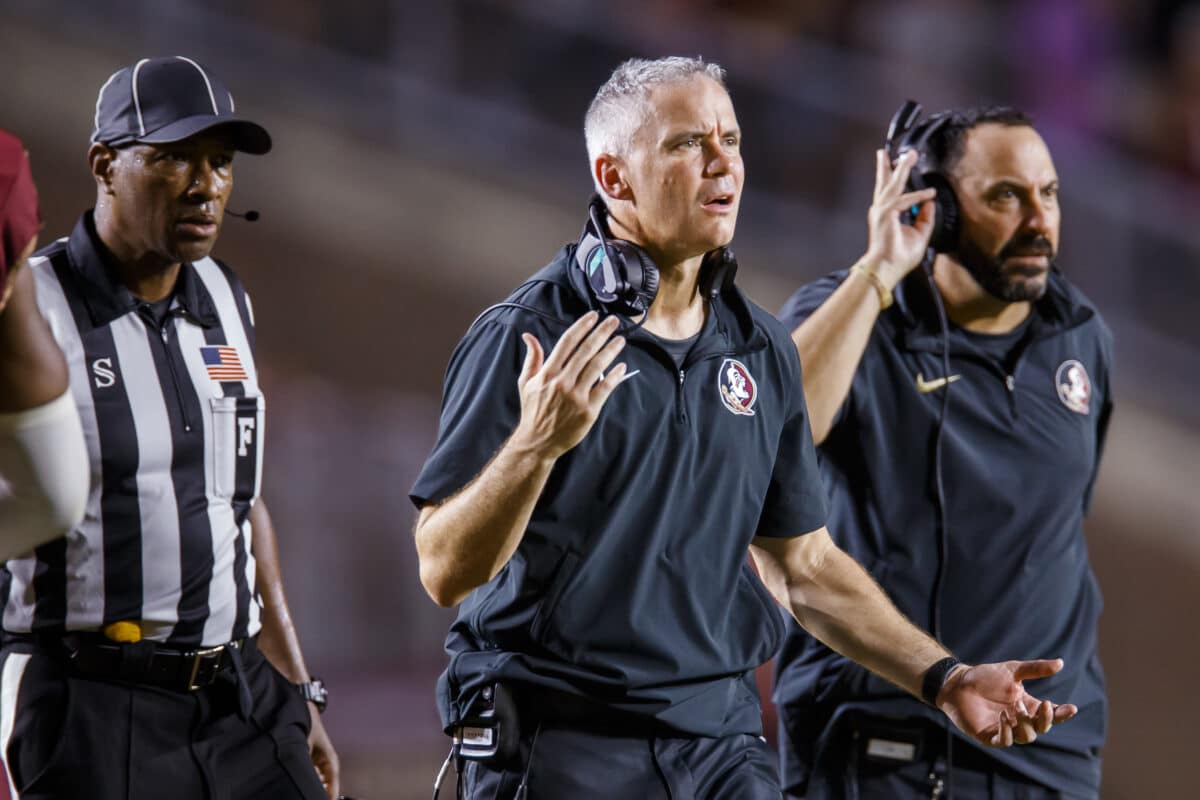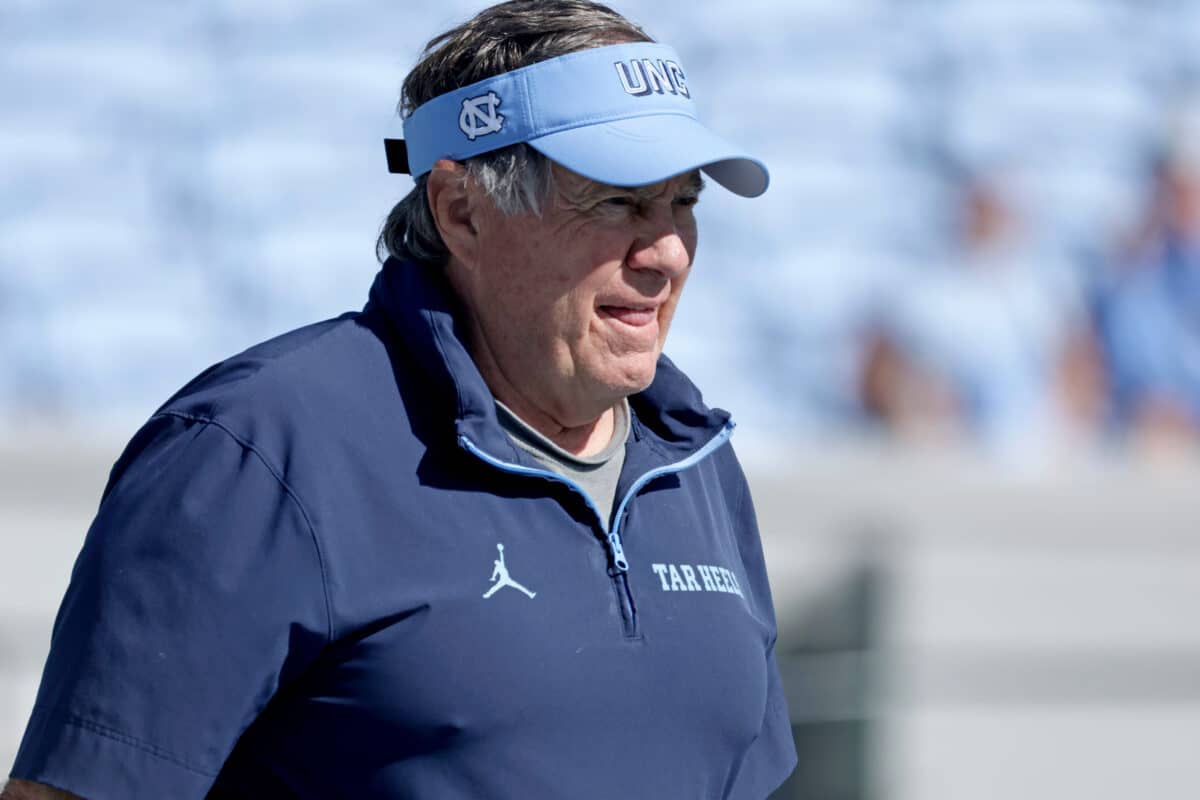Blog Article
COACHES HOT SEAT: WEEK 13 RANKINGS
The clock just hit midnight on college football’s struggling coaches.
No more “next year” promises. No more “we’re close” platitudes. Week 12 stripped away the illusions and exposed the reality: some programs are moving forward, and others are circling the drain.
Jonathan Smith is 0-7 in Big Ten play. Shane Beamer blew a 27-point halftime lead in the most catastrophic collapse of the season. Mike Norvell’s Florida State is 2-12 in ACC games over two years. Bill Belichick is 0-5 against Power Four opponents in his first college season.
Athletic directors are done selling hope to angry donors. Boosters are done writing checks for mediocrity. The portal opens in three weeks, and players are already making decisions about their futures.
This is where coaching careers get defined—or destroyed.
Here are the ten coaches who entered Week 12 with everything to prove and nothing left to hide behind.
1. Jonathan Smith – Michigan State Spartans (3-7, 0-7 Big Ten)
Jonathan Smith’s seat isn’t just hot anymore. It’s molten.
Michigan State lost to Penn State 28-10 at home Saturday, marking their seventh straight defeat and officially eliminating the Spartans from bowl eligibility. That’s four consecutive seasons without a bowl game and an 0-7 Big Ten record that has Smith at 8-12 overall since arriving from Oregon State.
The numbers: Michigan State owes Smith approximately $32-33 million if they fire him now. That’s one of the most expensive buyouts in the Big Ten. However, the AD and university president, both hired after Smith arrived, have no strong ties to him and are facing mounting pressure to act.
National media outlets universally place Smith at the top of coaching hot seat lists. Fan sentiment has turned nearly uniform in calling for a change. Replacement candidate discussions are already widespread.
Smith will almost certainly coach Michigan State’s final two games, but barring a miracle turnaround, he’s coaching for his next job, not this one.
2. Mike Locksley – Maryland Terrapins (4-6, 1-6 Big Ten)
Mike Locksley just got saved by the very problem that’s destroying college football programs: money.
Maryland announced Sunday that Locksley will return for 2026 despite a six-game losing streak that dropped the Terrapins from 4-0 to 4-6. It’s the second straight season with only one Big Ten win and the 11th consecutive losing season in conference play. Locksley is now 37-47 overall at Maryland and 17-46 in Big Ten games since 2019.
Athletic Director Jim Smith made the decision based on financial reality. Maryland’s athletic department has lost $32.7 million over the past five years. Locksley’s buyout would be $13.4 million. Smith told ESPN the school is “better off pouring already-spent money into building the roster than into bringing in a new coaching staff.”
Translation: We can’t afford to fire him.
The announcement came after “Fire Locksley” chants broke out in the student section during the Indiana game. Locksley’s pressure doesn’t disappear just because he’s surviving 2025. He’s coaching on borrowed time in 2026, and everyone knows it.
3. Shane Beamer – South Carolina Gamecocks (3-7, 1-7 SEC)
Shane Beamer just orchestrated the most spectacular coaching collapse of the 2025 season.
Saturday at Texas A&M, South Carolina led 30-3 at halftime. Then came the second half. Texas A&M scored 28 unanswered points. South Carolina was shut out and managed just 76 total yards after halftime. Final score: 31-30, Aggies. It was the largest comeback in Texas A&M program history.
ESPN’s Paul Finebaum summed it up perfectly: “Shane Beamer right now just looks like a loser.”
South Carolina is now 3-7 and guaranteed a losing season. They’ve lost five straight SEC games and will miss a bowl game for the first time under Beamer. “Fire Beamer” chants have replaced the cheers.
Here’s the financial nightmare: South Carolina extended Beamer through 2030 less than a year ago. His buyout is approximately $27.9 million. Athletic Director Jeremiah Donati is now stuck with one of college football’s most expensive mistakes.
This type of historic collapse changes everything. It’s not just that they lost. It’s HOW they lost.
4. Mike Norvell – Florida State Seminoles (5-5, 2-5 ACC)
Mike Norvell just won a game and it doesn’t matter.
Florida State beat Virginia Tech 34-14 Saturday to improve to 5-5, but the win came against a 3-7 Hokies team that’s almost as bad as the Seminoles. Since being controversially left out of the 2023 College Football Playoff at 13-0, Florida State is 7-15 overall and 2-12 in ACC play.
Athletic Director Michael Alford announced in October that Norvell would remain through the end of 2025, but promised a “comprehensive assessment” after the season. Translation: Norvell is coaching his final games at Florida State.
Here’s why the delay: Money. Norvell’s buyout is approximately $53.3 million after this season. It’s the second-largest buyout in college football history.
Norvell has tried to project confidence, delivering a six-minute “championship expectation” rant recently. The problem is the results. FSU is winless on the road this season and hasn’t won a road game since November 2023.
5. Derek Mason – Middle Tennessee Blue Raiders (2-8, 1-5 Conference USA)
Derek Mason took a sabbatical from coaching after the 2022 season to rest, reflect, and spend time with family.
He should have stayed on sabbatical.
Mason is in his second season at Middle Tennessee and the program has regressed under his leadership. The Blue Raiders went 3-9 in his first year, and they’re currently 2-8 in 2025. That’s 5-17 overall and 3-11 in conference play across two seasons.
Mason replaced Rick Stockstill, who went 113-111 over 18 seasons with 10 bowl appearances. Mason hasn’t come close to matching that standard. Middle Tennessee’s two wins this season came against FCS opponents. Every FBS opponent has beaten them, often badly.
The defense, which should be Mason’s calling card, ranks among the worst in all of college football. Mason’s overall head coaching record is now 30-64 across eight years. At some point, MTSU has to ask if this experiment is worth continuing.
6. Dave Aranda – Baylor Bears (5-5, 3-4 Big 12)
Dave Aranda isn’t getting fired this season, but not for the reasons you’d hope.
After Saturday’s 55-28 home humiliation against Utah, Aranda sits at 5-5 overall and desperately needs one win in the final two games to make a bowl. His defense ranks second-worst in the Big 12 in both scoring and rush defense. For a defensive specialist hired specifically for his defensive expertise, that’s a damning indictment.
Here’s the number that matters most: 21-25. That’s Aranda’s record at Baylor with his own recruits, excluding the COVID season and the 2021 championship season built on Matt Rhule’s inherited roster.
However, Aranda is still employed because athletic director Mack Rhoades took a leave of absence November 12 amid an ongoing investigation. Interim ADs don’t make coaching changes of this magnitude.
It’s not merit. It’s institutional paralysis.
7. Luke Fickell – Wisconsin Badgers (5-6, 3-5 Big Ten)
Luke Fickell went from College Football Playoff coach to coaching for his job in three years.
After leading Cincinnati to the CFP in 2021, Fickell was hired by Wisconsin with enormous expectations. Instead, Wisconsin has regressed. Fickell is now 16-19 overall at Wisconsin and 9-15 in Big Ten play. His teams have produced losing records in two of three full seasons.
The Badgers went scoreless in back-to-back games against Iowa and Ohio State earlier this season, marking the first time that has happened since 1977. Wisconsin hasn’t won a Big Ten home game in over a calendar year.
Here’s the ironic twist: Fickell just received a contract extension through 2032 and a public vote of confidence from AD Chris McIntosh. His buyout is estimated to be around $27.5 million.
Wisconsin is on track for its second straight losing season after 22 consecutive bowl appearances. Fickell gets 2026 to prove he can turn it around, but the pressure will be immense from Day One.
8. Bill Belichick – North Carolina Tar Heels (4-6, 2-4 ACC)
The greatest football coach in history is learning that college football is a different game.
Bill Belichick, winner of six Super Bowls with the Patriots, arrived at North Carolina with enormous fanfare. Instead, he’s 4-6 overall and 0-5 against Power Four opponents. UNC’s losses weren’t just defeats. They were blowouts that exposed fundamental problems with Belichick’s transition to college football.
“It’s an unstructured mess,” a source told WRAL News in October. Reports emerged that Belichick hadn’t “had a conversation with most of the guys on defense.” The Tar Heels rank last in the ACC in total offense and scoring.
At 72 years old, in his first college job ever, Belichick is discovering that recruiting 18-year-olds, managing NIL, and coaching the portal era requires skills he never needed in the NFL.
UNC’s administration sold fans on Belichick, leading them to the playoffs. Instead, they’re fighting for bowl eligibility and dealing with reports of organizational chaos.
9. Justin Wilcox – California Golden Bears (6-4, 3-3 ACC)
Justin Wilcox sits at 6-4 overall and 3-3 in ACC play, a respectable first season navigating conference realignment.
But the pressure has never been higher.
Fan sentiment has turned decisively against Wilcox, with widespread calls for his dismissal dominating the Cal community. This isn’t about the record. It’s about nine years of incremental progress that never accumulates into sustained success.
Then there’s Ron Rivera. Cal’s new General Manager has given Wilcox conditional support, stating that “another victory or two” in the final stretch will be key in determining his future. That’s not a vote of confidence. That’s measured pressure from above.
When your GM says your fate depends on winning one or two games in a 6-4 season, you’re coaching under scrutiny from fans who’ve already moved on and leadership that’s watching closely.
10. Mark Stoops – Kentucky Wildcats (5-5, 2-5 SEC)
Mark Stoops just beat Tennessee Tech 42-10 Saturday, extending Kentucky’s winning streak to four games.
And his pressure level hasn’t budged an inch.
The win over an FCS opponent was expected, and while Stoops praised “this team’s attitude and effort,” beating Tennessee Tech doesn’t change the fundamental calculus around his job security. Fan sentiment remains sharply divided.
What protects Stoops isn’t the four-game winning streak. It’s the $40.5 million buyout that must be paid in full within 60 days if he’s fired. After critical wins at Auburn and over Florida, AD Mitch Barnhart voiced full support, saying Kentucky is “taking steps” back up the mountain.
Kentucky sits one win away from bowl eligibility with two games remaining. The pressure at #10 reflects this: the four-game streak has eased the immediate crisis, but beating an FCS team doesn’t resolve long-term doubts.
WANT TO SEE WHERE YOUR COACH RANKS?
The top 10 are racing against the clock.
But coaching pressure doesn’t stop at #10. A $40.5 million buyout protects Mark Stoops (#10) despite 13 years of middling results. Justin Wilcox (#9) is 6-4 but facing conditional support from his GM. Luke Fickell (#7) just got extended through 2032 despite losing 9 of his last 14 games.
Every FBS coach is ranked based on actual pressure, not speculation about who might be fired.
Subscribers to our newsletter get the full story. Each week, you’ll receive comprehensive profiles of all the top 10 coaches with contract details, buyout numbers, replacement candidates, and insider analysis you won’t find anywhere else. Additionally, our weekly Hot Seat Deep Dive provides an in-depth examination of one coach’s situation. This week: Dave Aranda at Baylor – how administrative chaos became a coaching lifeline, and why institutional paralysis might be the only thing keeping him employed.
Subscribe here to get the complete analysis delivered to your inbox every week.
Want to know where your coach stands? View rankings of all 136 FBS coaches.

